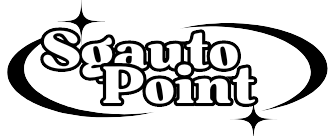Sharpening
This is the most common way of eliminating metal from the cutting edge to make a new, sharp edge. Over the long haul, with normal use, the edge of a blade becomes dull, and honing is important to reestablish its sharpness.
This is the most common way of eliminating metal from the cutting edge to make a new, sharp edge. Over the long haul, with normal use, the edge of a blade becomes dull, and honing is important to reestablish its sharpness.
Honing is normally finished with a whetstone, electric sharpener, or expert honing administration. Appropriate upkeep, including normal honing, sharpening, and right capacity, can expand the existence of your blades and keep them performing at their best.
A dull blade requires more power to utilize, expanding the gamble of injury and making errands like cleaving or cutting baffling and tedious. Then again, a very much kept up with, sharp blade makes food planning quicker, more clean, and more secure.
Blades are quite possibly of the main device in any kitchen, and their exhibition really relies on how well you keep up with them. Standard sharpening keeps your blade's edge looking great between honing meetings.
Sharpening ought to be done more oftentimes than honing and is ordinarily performed utilizing a sharpening steel (otherwise called a honing steel).
A whetstone (or honing stone) is one of the most outstanding ways of honing a blade. Here is a bit by bit manual for honing your blade utilizing a whetstone: Sharpening doesn't eliminate metal yet rather realigns the blade's edge, which can become bowed or skewed with use.
On the off chance that you're utilizing a water stone, absorb it water for around 10-15 minutes before you start. Ensure it's completely soaked. Put the whetstone on a non-slip surface, similar to a sodden towel or mat, with the coarse coarseness side looking up.
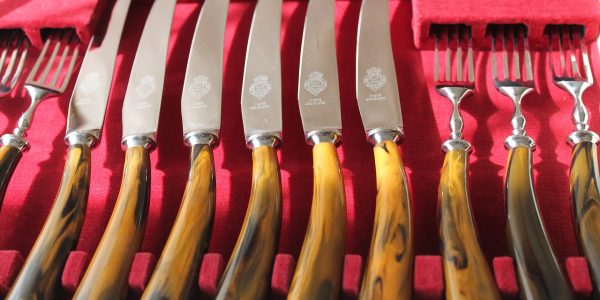
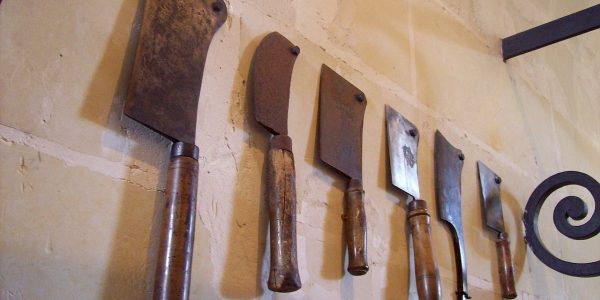
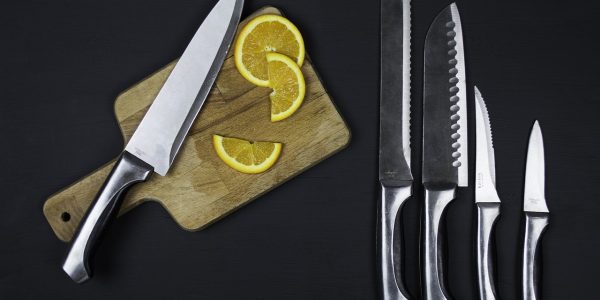
A sharp blade isn’t just more proficient in the kitchen yet additionally more secure. Dull blades can slip while cutting, prompting mishaps, though a sharp blade cuts effectively and gives you better control. Figuring out how to hone and keep up with your blades is an expertise that each home gourmet specialist ought to dominate. With appropriate consideration, your blades will remain sharp longer and work well for you into the indefinite future. Here is a manual for honing and keeping up with your blades like a genius.
Insert the Blade
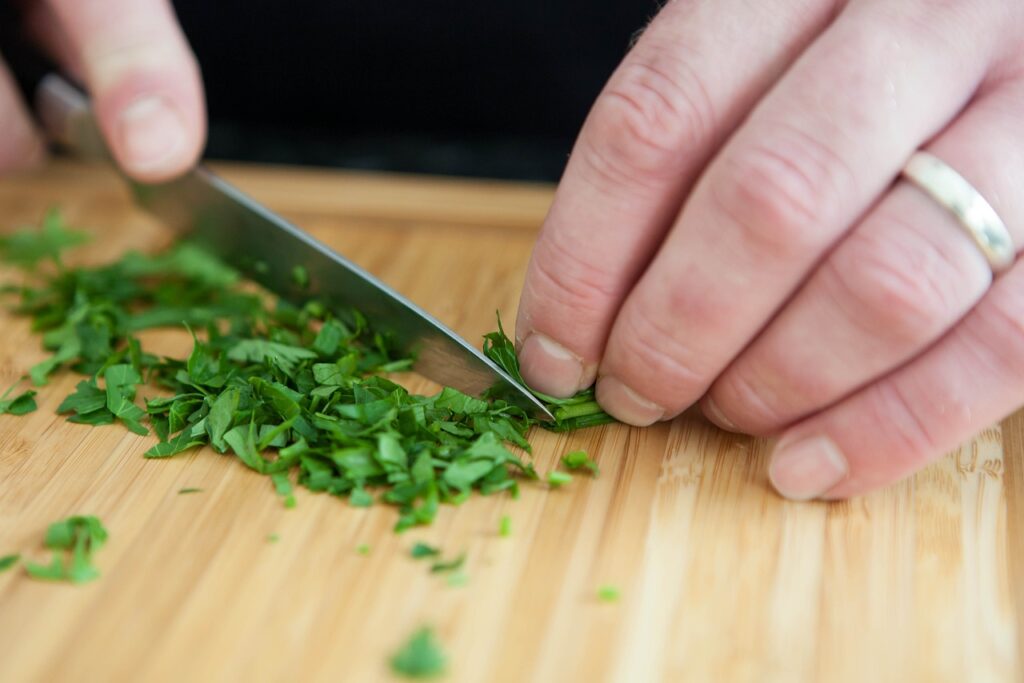
Store your blades in a blade block, attractive strip, or with sharp edge watchmen to safeguard the edge from harm. Try not to throw blades in a cabinet where they can find different utensils, which can dull or chip the cutting edge. Indeed, even with ordinary sharpening, your blade will ultimately require honing. Contingent upon how frequently you utilize your blades, expect to hone them each 6 to a year, or all the more much of the time in the event that they dull quicker.
Continuously hand-wash your blades with warm, lathery water and dry them right away. Try not to place blades in that frame of mind, as the intensity and cleansers can dull the edge and harm the handle over the long haul. Utilizing the right slicing surface is vital to keeping up with your blade’s edge. Pick milder cutting sheets like wood or plastic. Hard surfaces like glass, stone, or marble can dull the blade rapidly.
